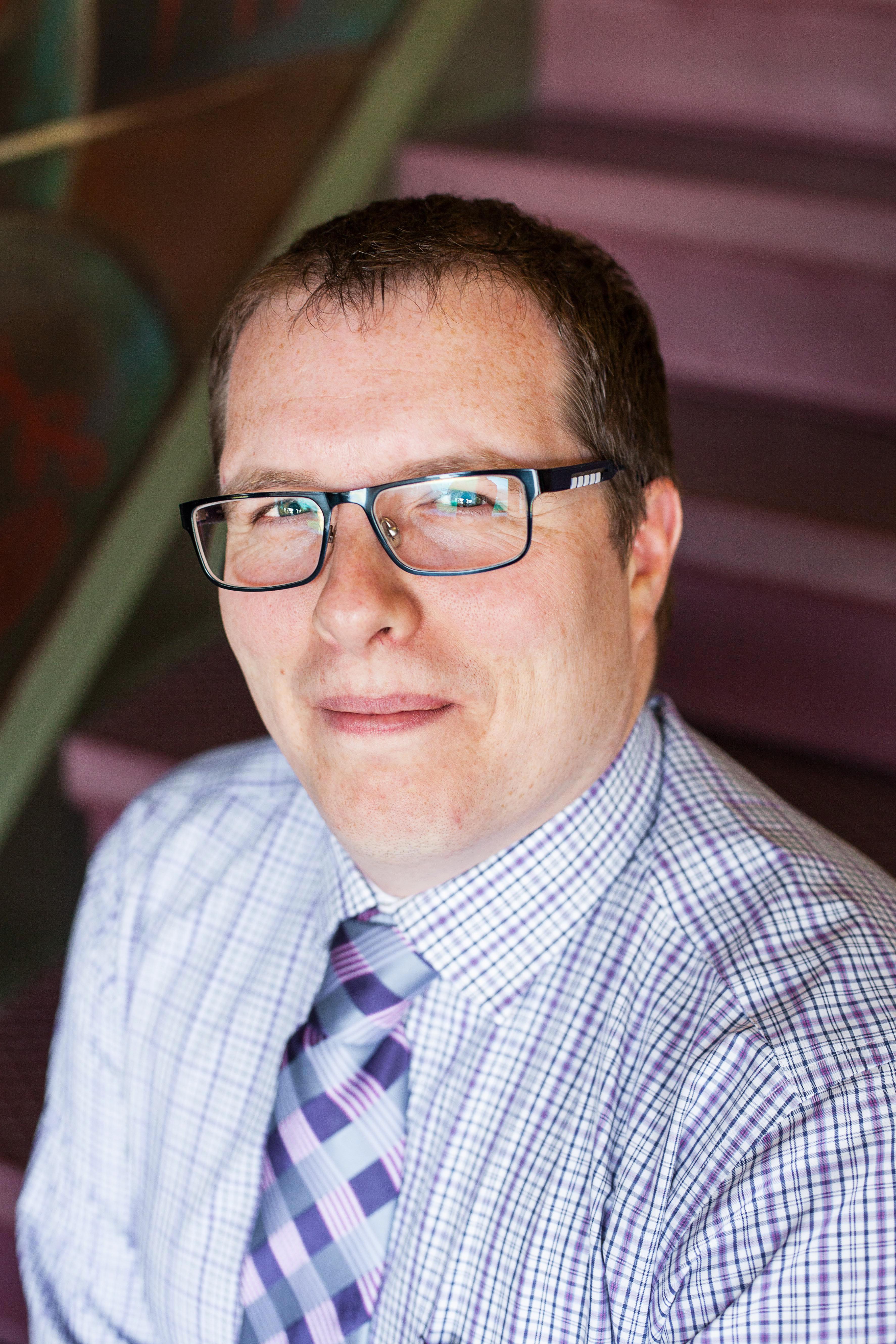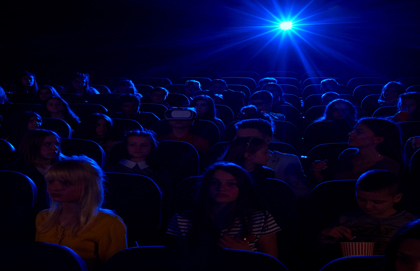I grew up on the cowboy colonialism of Captain James T. Kirk, during a Cold War that my students are taught, but no longer remember. Kirk was a lot of things: vain, ambitious, violent, domineering, a womanizer—absolutely no question there—and, certainly then, in many ways the parallel of Cold War America. He symbolized a utopianism driven by some fairly base desires and designs, but it was utopianism. It was a picture of what the world could be, if only.
Gene Rodenberry's Cold War idealism had company in others, like Isaac Asimov's Foundation series, in which psycho-history grounded an intellectual approach to the macroscopic manipulation of the rise and fall of empires. If it was possible, argued Asimov's science fiction, to know with certainty the position of every particle and speck in the universe at one moment, one could predict their movement and, thus, the future.
No doubt, for every Rodenberry and Asimov there was a Walter M. Miller Jr., A Canticle for Leibowitz to speculate on the cyclical rise and fall of civilization, the atomic havoc humankind perpetually wreaked upon itself on its (re)discovery. The Second World War and atomic weapons generally were not without their dystopian cultural influences. But both streams, the audacious utopian and the dystopian, persisted in those decades, rival visions of the human spirit and imagination.
Today, we have dystopia. Even our superheroes are resurrected from another era, one which had the moral brass to make fantasies that stood for things. Even Superman got into a funk in the late '90s, eventually rescinding his American citizenship and, one assumes, burning out, over-dosing on red kryptonite and bumming around a beach in Mexico wondering what happened to the "American way." Our fantasies reflect what is more than what is hoped for, or so I've argued about George R.R. Martin's Dancing with Dragons.
The disruption in our fantasy has in fact become so dire that Neal Stephenson started a foundation to address this burned out pessimism afflicting our imaginations: the Hieroglyph Project. Smithsonian describes the project as a plan "to rally writers to infuse science fiction with the kind of optimism that could inspire a new generation to, as he puts it, 'get big stuff done.'"
"You're the ones who have been slacking off," said Michael Crow, president of Arizona State University, to a collection of science fiction authors. Slacking off is not how I'd put it.
Science fiction and fantasy are now mainstream in ways they have never been, and their production is nothing short of brilliant. Cult TV shows like The Walking Dead, Game of Thrones and Battlestar Galactica (which begins and ends in holocaust) are some of the best produced, best acted, most fantastic spectacles our imaginations have to offer. Our imaginations are working overtime, begging—pleading maybe—for some kernel of idealism to bleed through the scripts, to meet us on our couches.
But a latter generation's bold idealism has been so thoroughly deconstructed, so unmasked for its colonialism, violence, oppression, and hegemony, that the act of proposing, of building, of dreaming, seems itself a liability, an indulgent silliness, maybe even an evil one. Dystopia loves company.
At the root of that genre, of all fantasy, of story and of imagination, is hope. The problem here is not only or decisively in our science fiction. In the absence of hope, in its atrophy, even the expectation that Stephenson and the Hieroglyph Project will perform a resurrection of the American Dream seems ill-fated. For the prior thing is not moon bases or starships, economic justice or political reformation, but the resurrection of the human heart.





